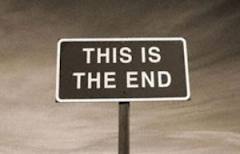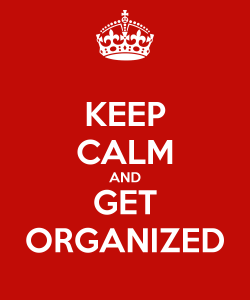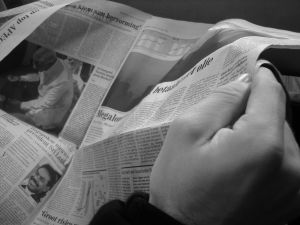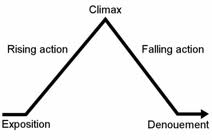Introductions and conclusions in persuasive papers often cause the most difficulty and angst for beginning writers. If you’ve spent your essay arguing passionately on a topic, you don’t want to fall flat in the end. The conclusion is your final chance to appeal to your audience and make a strong final impression.
A great conclusion will not only close the essay, but close the sale on your argument. Throughout the paper, you have been selling your audience on your position, and a successful conclusion will tie it all together, leaving your reader at least considering the merits of your argument. Unfortunately, by the time you get to your conclusion, most writers are either exhausted from writing the paper and end it too quickly, or can’t stop arguing their position and backload it with too much new information at the end.
Strategies for Great Conclusions
Generally, conclusions do three things:
- Reiterates the main idea, re-emphasizing your position
- Summarizes your argument
- Provides a warning, explains consequences, poses questions for further study, or delivers a call-to-action – sometimes all of the above.
Note, however, that restating, re-emphasizing, and summarizing does not mean repeating word-for-word your thesis statement or other major points. The purpose of the conclusion is to remind the reader of the importance of your argument, synthesizing the information you’ve provided in the body, and show how the points you’ve made throughout your argument all fit together.
Framing Your Argument
If you’ve begun your paper with a scenario or framed it with a story, return to the theme you introduced in the introduction. This frame serves as a thread that ties the two ends (intro & conclusion) together.
An example of a frame for an argument on creating harsher penalties for texting while driving might be beginning the introduction retelling a true story of a car crash caused by texting while driving. The conclusion will come back to that scenario, perhaps completing the story you began telling in the intro, explaining the outcome or consequences. This complete story “frames” the narrative.
Project Outcomes
Another strategy for a successful conclusion might be to ask the reader to consider a future where your proposal has succeeded or your position is the norm. For instance, if your argument was to create more educational funding for job training outside of college, you might project a scenario where previously unemployed and uneducated men and women were now working in occupations with job security and stable wages with benefits.
What’s the “Take-Away”?
When drafting the conclusion, go big and broad. As focused and narrow as the intro should be, the conclusion can provide a larger framework to conclude your essay. Consider the broader implications related to your argument. Elaborate on the consequences of failing to follow through with your proposal or supporting your argument. Leave the audience with a question to ponder or something to think about. This is referred to as a “take-away.” Just as an intro requires a great “hook” to immediately pique the interest of the reader, the conclusion has to leave the audience with something tangible that sticks in their minds, an idea to consider or consequences of failing to act. What’s the take-away for the audience?
Things to Avoid in a Conclusion
In conclusion
I’ve listed this first, as it’s not only the most common, but also the most obnoxious. The most common words used to begin conclusions – that you should never use – are “in conclusion.” This is like putting up a big road sign that we are now reading your conclusion. Although it might be necessary to say the words in a speech, it’s totally unnecessary and almost cliché to use them in an essay. If it isn’t abundantly clear to the audience that we are now reading the conclusion, go back and revise it.
Repeating
You’ve stated your thesis succinctly in the introduction, so avoid repeating it verbatim in the conclusion. This comes across as not only repetitive, but clumsy and awkward.
Research
Hopefully, you’ve laid out your argument in the body of the essay, including strong support with outside sources. Avoid adding more new facts, statistics or quotes in the conclusion. This isn’t the place for more research. If you feel you have more to add to your points, put it in the body of the paper, not the conclusion.
Old Information & Nothing New
I’ll paraphrase an example: “In this paper I argued yada-yada, because of reason 1, 2 and 3. So I hope you’ll agree that you should agree with me. Thank you.”
This type of conclusion is simply repeating everything you’ve just said in your entire paper, adding nothing new. It’s painfully boring and just a bit condescending, as you are telling the reader what they have just read, as if they don’t know what they’ve just read. Or you’re not confidant you communicated your argument effectively, and if that’s the case, go back and revise.
Conclusions can be tricky, and by the time we’re done writing a long research paper, they are usually the last thing we want to spend time writing. By considering what impression you most want to leave the audience with, these decisions will guide you to compose a great lasting impression.













